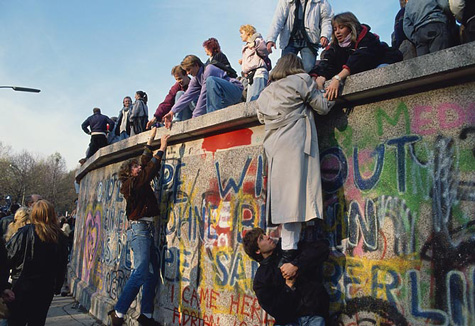How do we know if we're actually making difference in the lives of our learners? Now that's the question that we struggle with constantly as educators, isn't it? In museums we are challenged with seeing our learners for brief periods of time. A two-hour or half day program is a luxury we rarely have. Most frequently we have 45 minutes, for our student workshops. How can we create meaningful and lasting experiences in 45 minutes with students we've never met before and likely won't ever see again? Yeah, we can hook them easily… we are about spying after all! They come excited and ready to see cool stuff and maybe even think like a spy. But then what? What are the messages, questions, feelings, and ideas we want them to leave with? SPY workshops are designed to immerse learners into a world where they are challenged to do, think, and act like a spy. We want to move them into that uncomfortable, gray world where there may not be one right answer and problem-solving can result in life or death outcomes (not really, but the intensity is evoked). Whether it's coming up with a technical solution to assist an agent in the field or analyzing a U-2 photograph to advise the President, our ultimate goal is to get students to actively think, make decisions, weigh outcomes, and leave with a sense that spying is not only what you see in movies and on TV. Is Snowden a traitor or a whistleblower? Does the Government have a right to spy on its own citizens in the name of national security? In our complex world, preparing students to think critically about these questions is our duty. Are we doing this? You decide.
Thanks for spying on us!
Jacqueline V. Eyl
Youth Education Director
202.654.2842
jeyl@spymuseum.org
|
Targeting
Osama Bin Laden
|
|||||||
|

No comments:
Post a Comment